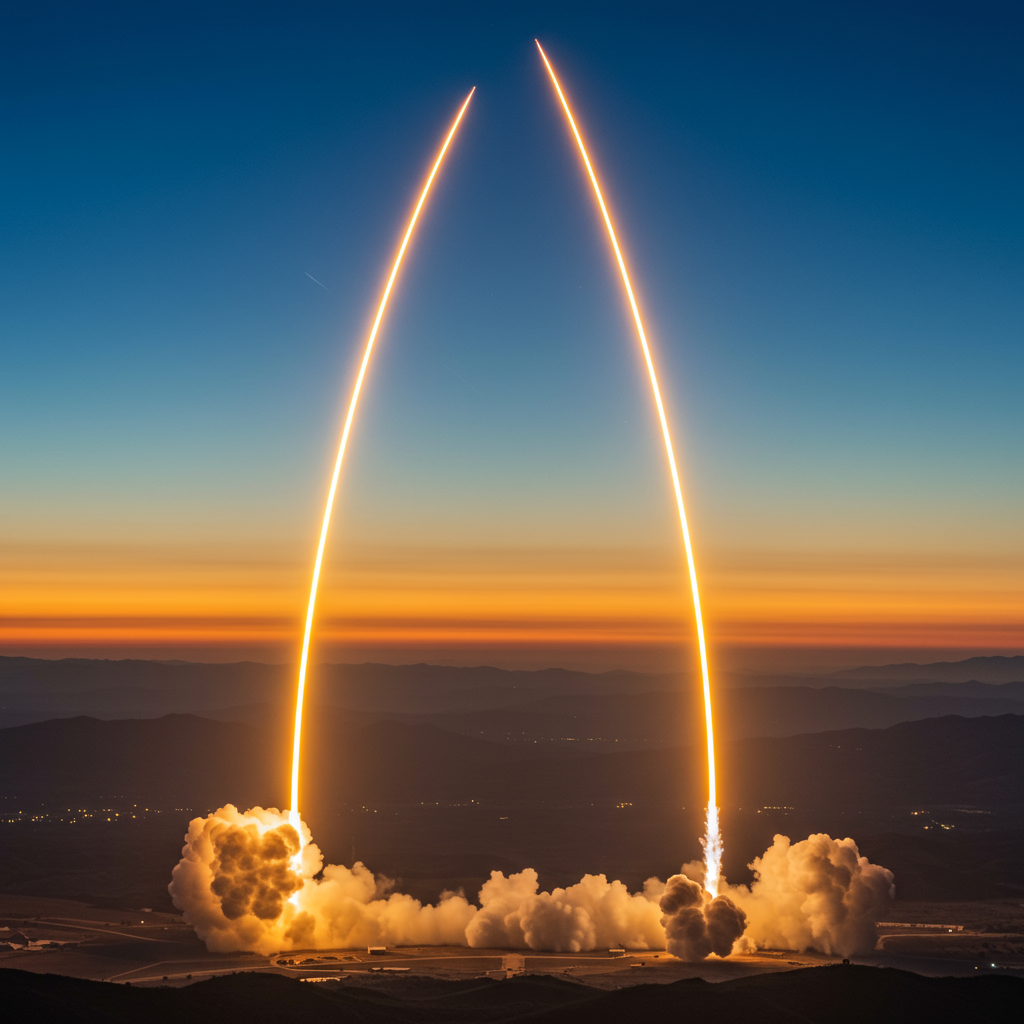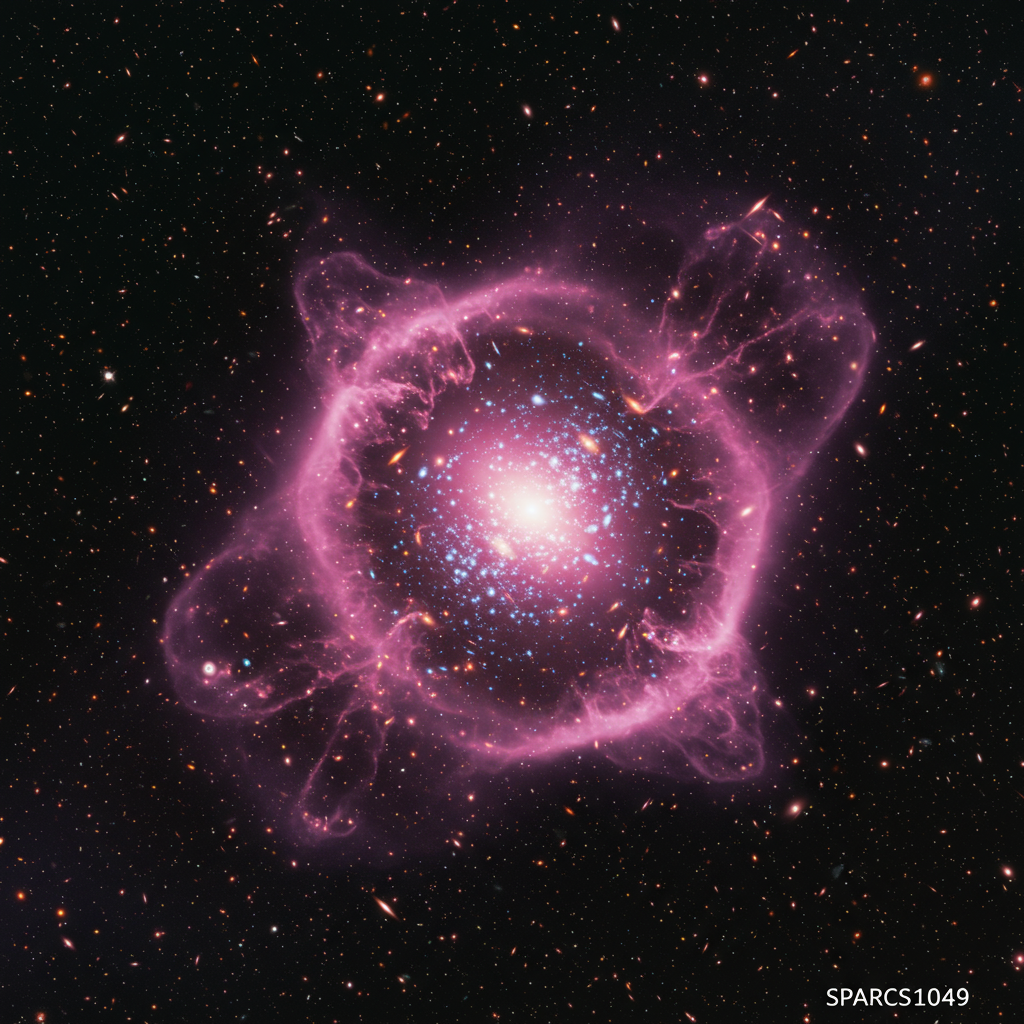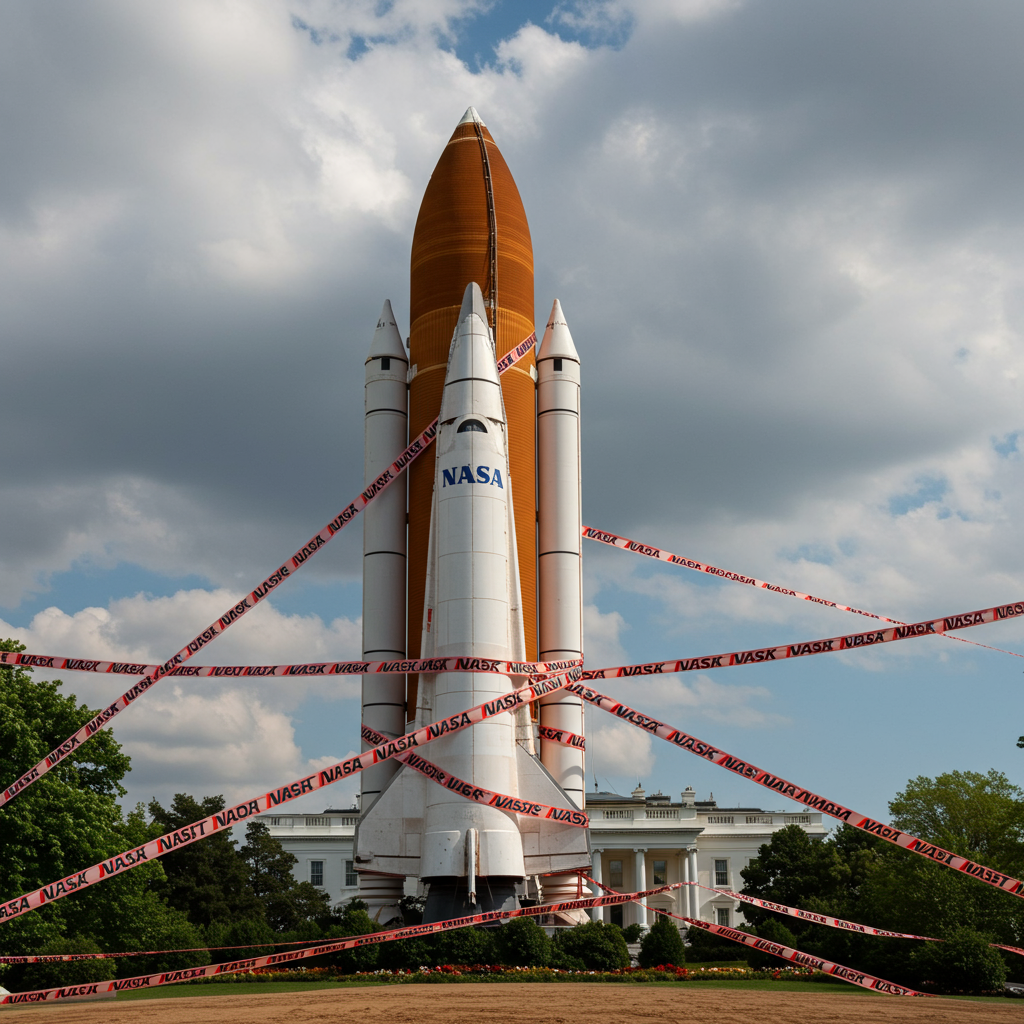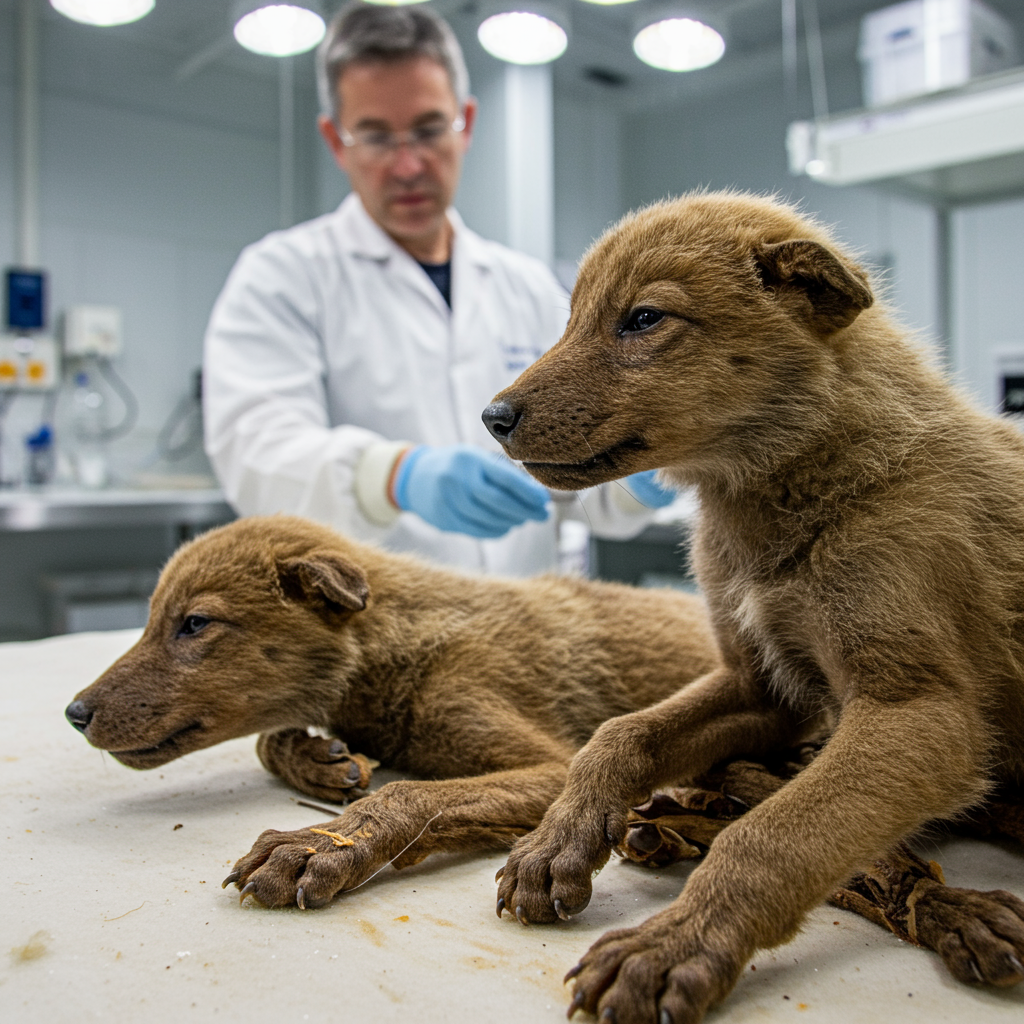The skies over California recently witnessed an extraordinary display of rapid-fire space launches. SpaceX, the pioneering aerospace company, successfully executed its second Starlink satellite deployment within a mere 24-hour window. This remarkable feat, anchored by a critical launch from Vandenberg Space Force Base, underscores SpaceX’s relentless pace in expanding its global satellite internet constellation and solidifying its leadership in commercial spaceflight.
This latest mission, occurring early Sunday morning, July 27, 2025, saw a Falcon 9 rocket ascend into low Earth orbit. Liftoff commenced precisely at 12:31 a.m. EDT (9:31 p.m. PDT on July 26 local time) from Space Launch Complex 4 East (SLC-4E). The primary objective was to inject another 24 Starlink satellites into their operational altitude, further bolstering the network that delivers high-speed internet across the globe.
Unprecedented Launch Cadence: A New Era of Spaceflight
SpaceX’s ability to conduct two complex orbital missions in such quick succession highlights an operational tempo previously unimaginable in the space industry. This “double launch” strategy is pivotal for the swift expansion of the Starlink network. It allows the company to deploy satellites at an aggressive pace, accelerating global coverage and enhancing service reliability for its millions of users.
For instance, this rapid deployment strategy was also evident earlier in 2025. In May, SpaceX conducted a Falcon 9 launch from Cape Canaveral just hours after another Starlink mission from Vandenberg. This continuous operational rhythm underscores how routine these complex launches have become.
The Reusable Workhorse: Falcon 9 Booster B1075
A cornerstone of SpaceX’s efficiency is its emphasis on rocket reusability. The Falcon 9 first stage supporting the July 27th mission, identified as Booster 1075, demonstrated an astonishing performance. This flight marked the booster’s 19th successful journey to space and back. Such extensive reuse is a testament to the robust engineering and rapid refurbishment capabilities that define SpaceX’s operations.
Following its primary duty of propelling the Starlink payload towards orbit, Booster 1075 executed a precise and controlled landing. It touched down flawlessly on the autonomous droneship “Of Course I Still Love You,” positioned in the vast Pacific Ocean. This seamless recovery is critical, significantly reducing launch costs and enabling the unprecedented launch frequency we observe.
Booster 1075’s Impressive Flight History:
SDA-0A
SARah-2
Transporter-11
15 prior Starlink missions
This booster’s diverse mission portfolio showcases the Falcon 9’s versatility, from national security payloads to rideshare missions and, predominantly, Starlink deployments. Another workhorse, Booster 1082, completed its 14th flight in mid-July 2025, further illustrating the longevity of these components.
Starlink’s Growing Footprint: Connecting the World
With the successful deployment of these latest batches of satellites, the Starlink constellation continues its remarkable growth trajectory. According to independent satellite trackers, these recent deployments increased the total number of active Starlink units in orbit to 8,032. This figure represents a monumental step towards SpaceX’s vision of providing universal broadband internet access.
Starlink’s primary goal is to deliver high-speed, low-latency internet, especially to remote and underserved areas where traditional infrastructure is lacking. Beyond fixed ground terminals, SpaceX is also rolling out Direct to Cell (DTC) capabilities. This innovation allows compatible mobile phones to connect directly to Starlink satellites, expanding connectivity to even the most isolated locations. Over 500 Starlink satellites now feature this advanced DTC technology.
SpaceX’s Dominance in the Space Economy
The July 27th launch was more than just another Starlink mission; it represented a significant milestone in SpaceX’s overall operational history. It marked the company’s 95th mission of 2025, with an overwhelming 92 of these flights conducted using the reliable Falcon 9 rocket. Furthermore, this achievement pushed SpaceX past its 520th completed mission since its inception in 2008.
This extraordinary launch cadence, driven by proven rocket reusability, solidifies SpaceX’s position as the world’s leading launch provider. The rapid pace of these launches not only accelerates Starlink’s expansion but also creates unparalleled access to space for various government, commercial, and scientific payloads. California’s Vandenberg Space Force Base has become a crucial hub for these launches, facilitating diverse missions alongside Starlink, such as NASA’s TRACERS mission which aims to protect Earth from space weather.
The Future of Global Connectivity and Space Innovation
The ongoing expansion of the Starlink megaconstellation has profound implications for global connectivity and the future of the space industry. As more satellites become active, Starlink’s service capacity and reach will continue to grow, bridging the digital divide for millions. This relentless pursuit of rapid deployment and advanced satellite technology is setting new standards for efficiency and accessibility in the space sector.
SpaceX’s commitment to reusability and high-frequency launches is not just a technical marvel; it’s a strategic pathway to making space access more affordable and routine. This, in turn, fosters innovation across various industries, from scientific research to remote commerce, demonstrating the transformative power of a truly connected planet. The future of satellite internet, largely defined by Starlink’s aggressive expansion, looks brighter than ever.
Frequently Asked Questions
What were the key achievements of this SpaceX Starlink mission from California?
This SpaceX Starlink mission, launched on July 27, 2025, was highly significant for several reasons. It was the second Starlink flight conducted by SpaceX in less than 24 hours, highlighting their rapid operational tempo. The mission successfully deployed 24 additional Starlink satellites into low Earth orbit. A major technical achievement was the 19th successful flight and landing of the Falcon 9 first-stage booster, B1075, showcasing remarkable reusability. This launch also contributed to increasing the total active Starlink units in orbit to 8,032, furthering global internet connectivity.
Where does SpaceX typically launch Starlink missions from California?
SpaceX primarily launches its Starlink missions from California from Space Launch Complex 4 East (SLC-4E) at Vandenberg Space Force Base. This site on the West Coast is strategically important for sending satellites into polar orbits, which are crucial for Starlink’s global coverage. Vandenberg is one of SpaceX’s key operational launch sites, alongside its facilities at Cape Canaveral Space Force Station and Kennedy Space Center in Florida, which typically handle eastward-bound launches.
How does SpaceX’s rapid launch cadence impact Starlink’s global service?
SpaceX’s exceptionally rapid launch cadence directly accelerates the expansion and enhancement of Starlink’s global internet service. By launching multiple batches of satellites within short periods, the company quickly builds out the constellation, leading to wider geographic coverage, increased network capacity, and improved speeds for users worldwide. This aggressive deployment strategy also facilitates the introduction of new features, such as Direct to Cell capabilities, providing high-speed internet in more remote and underserved regions. The high frequency of launches also helps replace older satellites and maintain the constellation’s overall health and efficiency.




